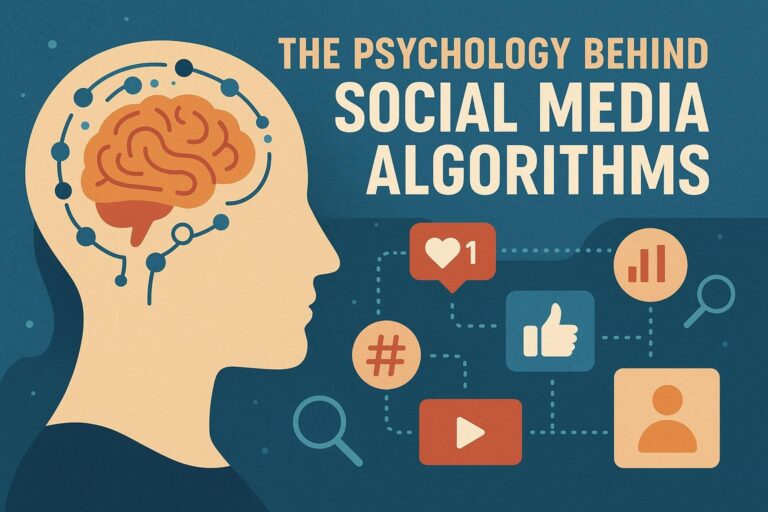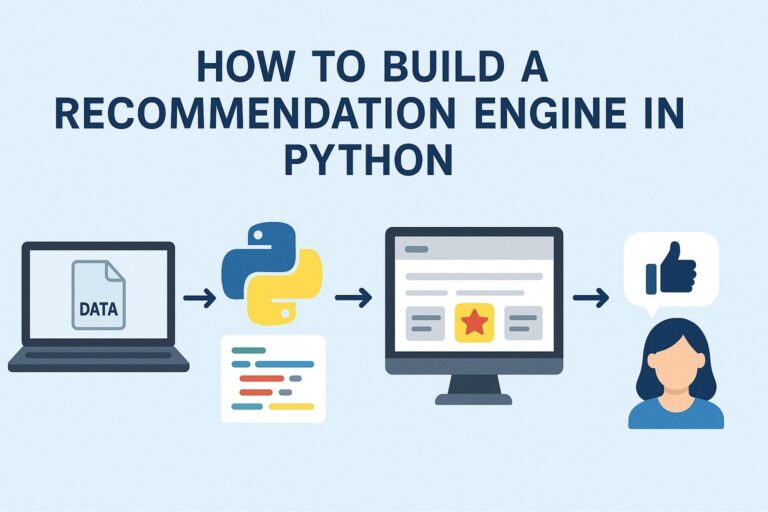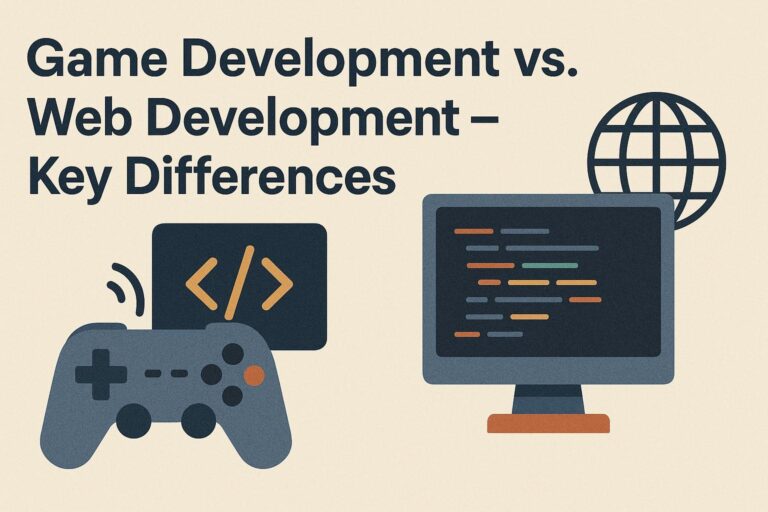
Artificial Intelligence (AI) is fundamentally changing the way full-stack applications are conceptualized, developed, and deployed. From generating code to designing database schemas and setting up CI/CD pipelines, AI-driven tools are reshaping the entire software development lifecycle.
This article provides a comprehensive look at how AI enables the generation of full-stack applications, covering definitions, workflows, key tools, benefits, limitations, and what the future holds.
What Is a Full-Stack Application?
A full-stack application typically includes the following layers:
Frontend (Client-side)
- The visual interface users interact with.
- Technologies: HTML, CSS, JavaScript.
- Frameworks: React, Angular, Vue.js, Svelte.
Backend (Server-side)
- Handles business logic, API endpoints, authentication, and database interaction.
- Languages: JavaScript (Node.js), Python (Flask, Django), Java (Spring), Go, Ruby, etc.
- Frameworks: Express, FastAPI, Laravel.
Database
- Manages application data.
- SQL: MySQL, PostgreSQL, SQL Server.
- NoSQL: MongoDB, Firebase, DynamoDB.
DevOps / Deployment
- Involves hosting, scaling, monitoring, and maintaining the application.
- Platforms: AWS, GCP, Azure, Vercel, Heroku.
- Tools: Docker, Kubernetes, Terraform, GitHub Actions, Jenkins.
AI tools can automate the creation of each of these layers, significantly accelerating development.
AI-Powered Tools for Full-Stack Generation
1. GitHub Copilot
- Role: AI code assistant that suggests entire functions or files.
- Usage: Autocompletes boilerplate code, component structures, API routes, and common algorithms.
- Integration: Available in VS Code, JetBrains IDEs, and GitHub Codespaces.
2. OpenAI (GPT-4, GPT-4o)
- Role: Language models capable of generating code, tests, and documentation.
- Usage:
- Convert natural language prompts into code snippets.
- Generate CRUD APIs, React components, data models.
- Scaffold file and folder structures.
- Example Prompt: “Generate a Node.js Express backend with JWT-based authentication and MongoDB support.”
3. AI-Based App Builders
- Platforms:
- Replit Ghostwriter: Real-time AI help for code generation and debugging.
- Anima: Converts Figma designs into clean React code.
- TeleportHQ: Generates full-stack codebases from UI wireframes.
- Builder.io: Drag-and-drop builder with React/Vue/Angular export.
- Uizard: Converts sketches to working interfaces.
4. Low-Code/No-Code Platforms with AI
- Platforms:
- Bubble: Visual interface with workflows and AI-assisted logic generation.
- OutSystems: Enterprise-grade low-code with ML support.
- Adalo: Drag-and-drop mobile app builder with backend integration.
- Retool: Internal tools builder that connects to APIs and databases.
- Use Case: Quickly build prototypes and admin dashboards with minimal code.
5. Backend-as-a-Service with AI Integration
- Examples:
- Firebase: Realtime DB, auth, storage with rule generation.
- Supabase: Open-source Firebase alternative with SQL generation.
- Appwrite: Backend server for web and mobile apps.
- Use Case: AI assists in generating authentication rules, security policies, and database schemas.
Workflow: How AI Generates a Full-Stack App
1. Requirement Input
- User defines the application in natural language.
- Example: “Create a fitness tracking app with user login, workout logging, and progress graphs.”
2. AI-Powered Planning
- AI breaks down the application into:
- UI components
- Routes and views
- Backend API structure
- Database schema
- State management
- Deployment strategy
3. Frontend Generation
- AI generates:
- HTML templates or JSX components
- CSS modules or styled-components
- UI logic (React hooks, Vue methods)
- Form validation, navigation, and state logic (e.g., Redux or Context API)
4. Backend Generation
- AI writes:
- REST or GraphQL endpoints
- Middleware for authentication and validation
- Controller logic for handling requests
- JWT or OAuth authentication flows
- Integration with databases and third-party APIs
5. Database Design
- AI proposes:
- Entity-relationship diagrams (ERD)
- SQL table schemas or NoSQL collections
- Indexing strategies and foreign key constraints
- Sample seed data and migration scripts
6. Integration and Business Logic
- AI connects:
- Frontend API calls (using Axios or Fetch) to backend endpoints
- Error and loading states
- Form data to model schemas
- Custom workflows like user onboarding or checkout processes
7. Testing and Validation
- AI generates:
- Unit tests (e.g., Jest, Mocha)
- Integration tests
- End-to-end tests (e.g., Cypress, Playwright)
- API schema validation (e.g., using Joi, Zod, or OpenAPI)
8. Deployment Automation
- AI creates:
- Dockerfiles and Docker Compose scripts
- CI/CD pipelines using GitHub Actions, GitLab CI, or Jenkins
- Infrastructure templates using Terraform or AWS CloudFormation
- Deployment scripts for Vercel, Netlify, Render, Heroku, or Kubernetes clusters
Benefits of Using AI for Full-Stack Development
- Rapid Prototyping: Build functional MVPs in hours instead of weeks.
- Increased Productivity: Reduce time spent on boilerplate code and documentation.
- Lower Costs: Smaller teams can build complex systems with fewer developers.
- Consistency: AI enforces consistent naming conventions, design systems, and patterns.
- Onboarding Aid: AI-generated documentation and code comments help new team members understand the codebase.
- Accessibility: Non-programmers can create working applications by describing them in plain language.
Limitations and Challenges
- Code Quality Concerns: Generated code may be syntactically correct but poorly optimized or redundant.
- Security Oversights: Common vulnerabilities such as SQL injection or insecure authentication flows may be missed.
- Limited Context Awareness: AI may misunderstand application-specific constraints or business rules.
- Scalability Gaps: AI-generated code may not be designed with long-term scalability or maintainability in mind.
- Dependency Management: Generated projects might rely on outdated, insecure, or incompatible packages.
- Debugging and Errors: AI can generate working code, but debugging complex logic still requires human expertise.
Real-World Use Cases
1. Startups and Entrepreneurs
- Quickly launch MVPs, validate business ideas, and iterate with minimal development resources.
2. Internal Business Tools
- Build dashboards, CRMs, reporting tools, and inventory systems using platforms like Retool or low-code generators.
3. Educational Platforms
- Use AI tools to help students understand how full-stack apps are structured and coded.
4. Hackathons and Prototypes
- Participants can build end-to-end solutions quickly and focus on solving core problems rather than writing boilerplate.
5. UI/UX Design Conversion
- Designers can convert Figma or Sketch designs directly into live React code using tools like Anima or Builder.io.
Future Outlook
With advancements in AI agents like Devin, Claude 3, and future GPT versions, we can expect:
- Fully autonomous agents that handle entire dev cycles
- Natural-language DevOps commands to set up staging and production environments
- AI-driven debugging tools that pinpoint logic errors and suggest solutions
- Semantic search within codebases to find and modify functionality efficiently
- UI/UX-aware AI systems that align generated code with accessibility and design principles
The trajectory of AI in software development suggests that the role of developers will evolve into AI collaborators, architects, and problem solvers, focusing more on creativity and strategic planning than syntax and scaffolding.
Conclusion
AI is revolutionizing full-stack development by automating a broad range of tasks across frontend, backend, and infrastructure layers. From generating UI components to scaffolding databases and deploying cloud services, AI tools significantly reduce the time and cost required to build applications.
However, human expertise remains critical. Developers must validate, secure, test, and maintain AI-generated code. The most effective teams will combine human intuition and judgment with AI speed and automation to build robust, scalable, and secure software.

I’m Shreyash Mhashilkar, an IT professional who loves building user-friendly, scalable digital solutions. Outside of coding, I enjoy researching new places, learning about different cultures, and exploring how technology shapes the way we live and travel. I share my experiences and discoveries to help others explore new places, cultures, and ideas with curiosity and enthusiasm.






